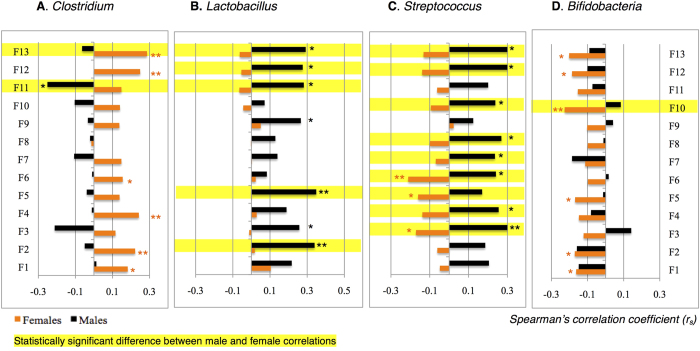Figure 2. Microbial-dependent sex differences in ME/CFS symptoms (F1–F13) for females (nrange = 120–170, orange), and males (nrange = 57–77, black).
Spearman’s correlation coefficient are presented showing the size of the relationship between symptom factors and the relative abundance (RA) of A. Clostridium, B. Lactobacillus, C. Streptococcus, and D. Bifidobacterium. Positive correlations indicate that an increase in microbial relative abundance was monotonically associated with an increase in symptom scores. The direction of a positive association could also be explained in reverse. Negative correlations indicate an inverse monotonic relationship between the two variables. Correlations were classified as small (0.01), moderate (0.03) and large (0.05) effect sizes51. *P < 0.05, **P < 0.01. zobs values were calculated52 to examine whether there was a significant difference between male and female correlation coefficients. Statistically significant differences are highlighted when zobs < −1.96 or zobs > 1.96.

